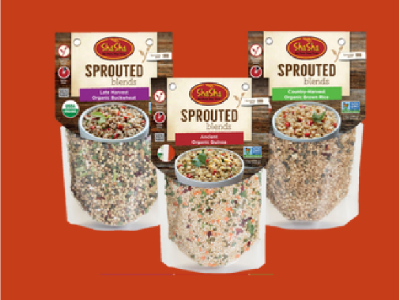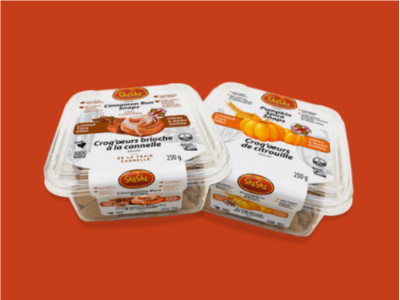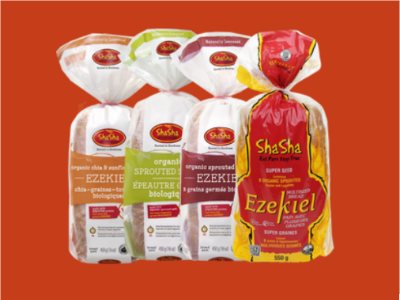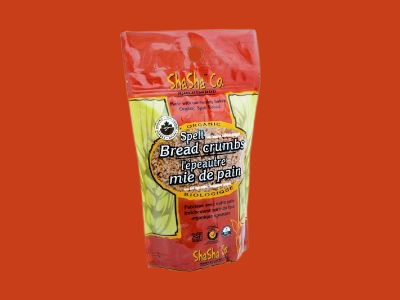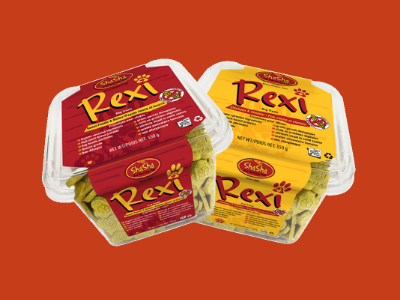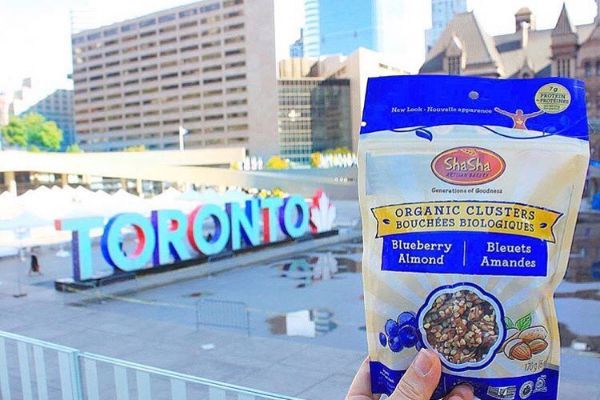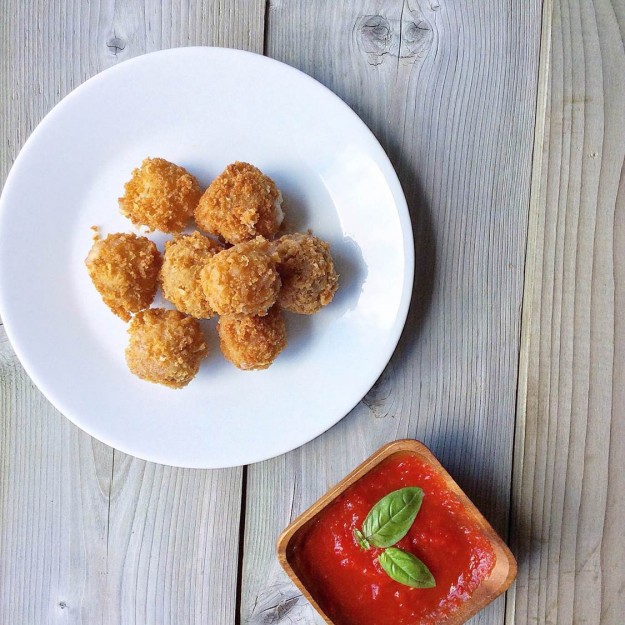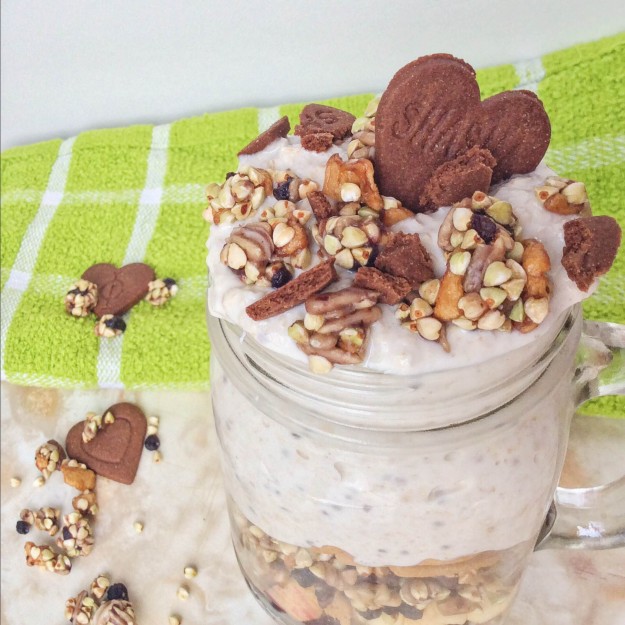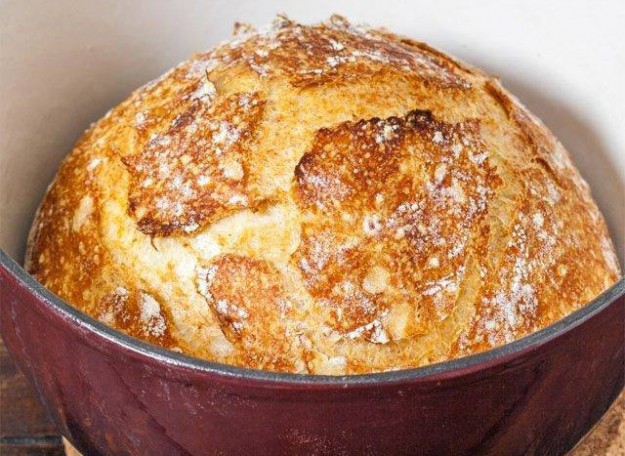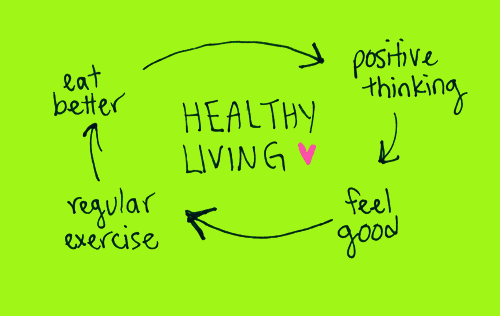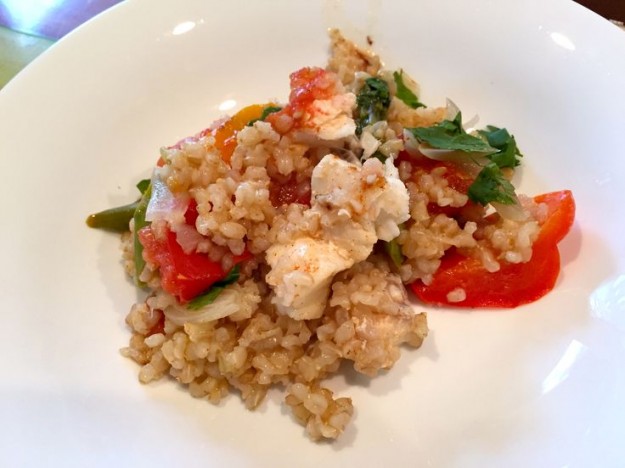 Fields of wheat, barley and rice are where whole grains start their lives. Whole grains are the seeds of these plants in their natural form; a far cry from the refined foods they end up in. We all know that whole grains are better for us, but what exactly are whole grains, why should we eat them and how can we incorporate them into our daily diets? Fear not future whole grain eaters, we will reveal all as we take you on an adventure though the life of the humble grain seed.
Fields of wheat, barley and rice are where whole grains start their lives. Whole grains are the seeds of these plants in their natural form; a far cry from the refined foods they end up in. We all know that whole grains are better for us, but what exactly are whole grains, why should we eat them and how can we incorporate them into our daily diets? Fear not future whole grain eaters, we will reveal all as we take you on an adventure though the life of the humble grain seed.
What is a whole grain?
A ‘whole grain’ is simply the seed of a plant. This is when the seed is still intact, so it has its outer skin of bran which provides us with fiber, antioxidants and vitamin B. The inside of the seed contains the germ and the endosperm which are rich in vitamins, minerals, carbohydrates, proteins and healthy fats.
Refined grains have the bran and the germ removed, leaving only the carbohydrate-rich endosperm. This results in a loss of 25% of the grain’s protein and 17 vitamins and minerals. The perception that refined foods are tastier is simply not true, although whole grains do take a little more time to prepare.
Why bother with whole grains?
There are a plethora of reasons you should take the time to include whole grains in your diet. Three servings a day work best, but any increase in consumption will result in a marked improvement in health. You can look forward to:
- 30-36% reduced risk of stroke
- 21-30% reduction in the risk of type 2 diabetes
- 25-28% reduced risk of heart disease
- Reduced risk of asthma and colorectal cancer
- Healthier carotid arteries and blood pressure levels
- Reduced risk of inflammatory disease and less gum disease and tooth loss
How can I add whole grains to my diet?
 Ok, so they’re healthy, but how do you add them to your diet? Its simplicity itself! Let’s start with something convenient; oats. Opt for the variety that you need to cook rather than instant oats. It’s really easy to do and only takes a minute. If you want to up the ante, add some honey and a couple of tablespoons of milled flax seed.
Ok, so they’re healthy, but how do you add them to your diet? Its simplicity itself! Let’s start with something convenient; oats. Opt for the variety that you need to cook rather than instant oats. It’s really easy to do and only takes a minute. If you want to up the ante, add some honey and a couple of tablespoons of milled flax seed.
Substitute brown rice for white rice. You cook it in the same way, and the rich nutty flavor is a great reward. In fact, there are many things you can substitute for white rice like barley or quinoa. Both of these can be cooked in the same way as you would prepare white rice. They like a soaking, a good rinse and the cooking time will be a little longer, but the rewards in flavor and nutritional value are worth the couple of extra minutes.
Popcorn is a great way to include whole grains into your diet. Of course slathering it in lashings of butter and fistfuls of salt will negate its positive contribution, so try seasoning it with lemon juice instead.
Whole grain breads, pastas, buns, pizza crusts and tortillas all help, so opt for these whenever you can. Wholegrain options are available everywhere if you just look out for them, so start today and get a whole lot of whole grains – you will be glad you did!

